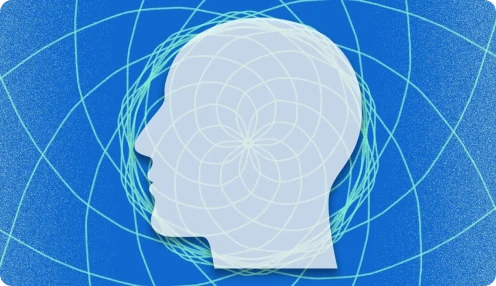
Introduction to Generative Adversarial Networks
Generative Adversarial Networks (GANs) represent one of the most exciting advancements in artificial intelligence in recent years. These networks, which consist of two models - a generator and a discriminator - work in tandem to produce synthetic data that is increasingly indistinguishable from real-world data. The capability of GANs to generate realistic images, videos, and voice recordings has opened up new possibilities in various fields including art, entertainment, and medicine.
How GANs Work
The core idea behind GANs is a competitive process between the generator and the discriminator. The generator creates data that is intended to mimic a certain type of real data, while the discriminator evaluates this data against the actual data set. Over time, the generator improves its ability to create data that is more similar to the real one, and the discriminator becomes better at telling real and synthetic data apart. This process leads to the creation of highly realistic synthetic data.
Applications and Implications of GANs
The applications of GANs are diverse and transformative. In the field of art, they are used to create stunning pieces of artwork. In medicine, they help in generating synthetic data for research, thus preserving patient privacy. However, the power of GANs also raises ethical concerns, particularly in the context of deepfakes which can be used to create misleading or harmful content. As such, the development and use of GANs come with a responsibility to consider their societal impacts.
The Future of GANs
As the technology continues to evolve, we can expect GANs to become even more sophisticated. The future of GANs may involve more accurate and ethical synthetic data generation, and their integration into more mainstream applications. Researchers are also focusing on making GANs more efficient and accessible, paving the way for more innovative uses in various industries.



